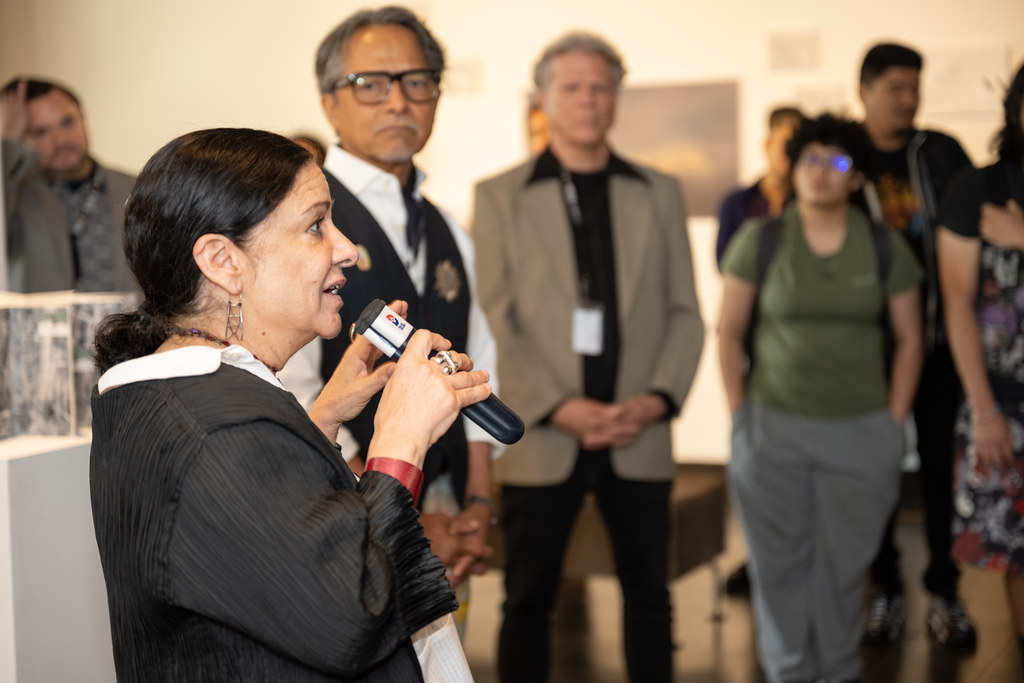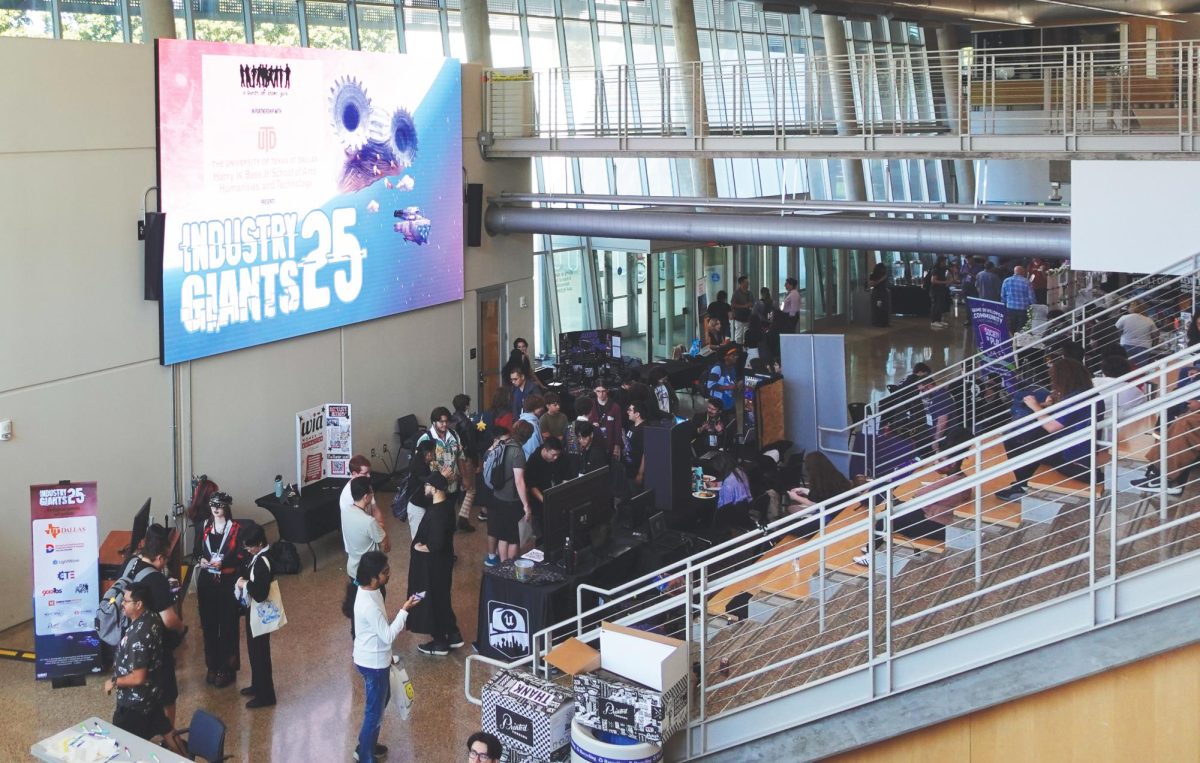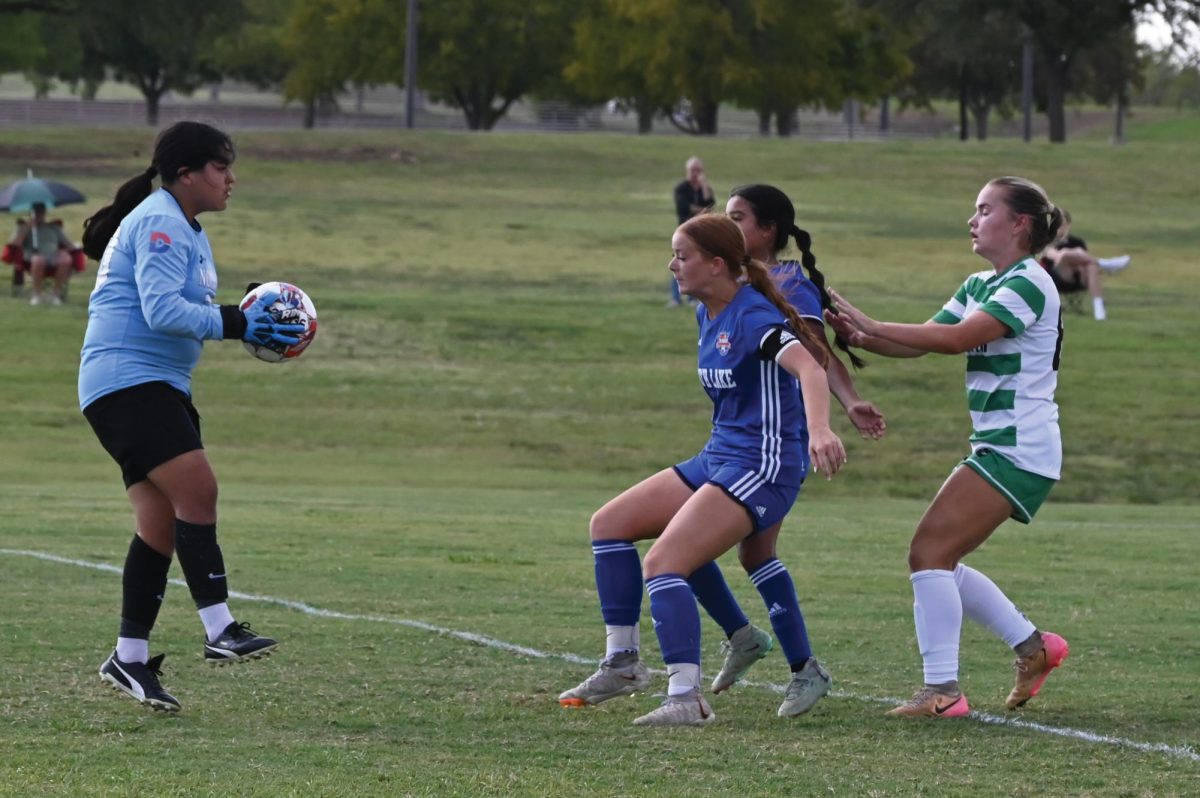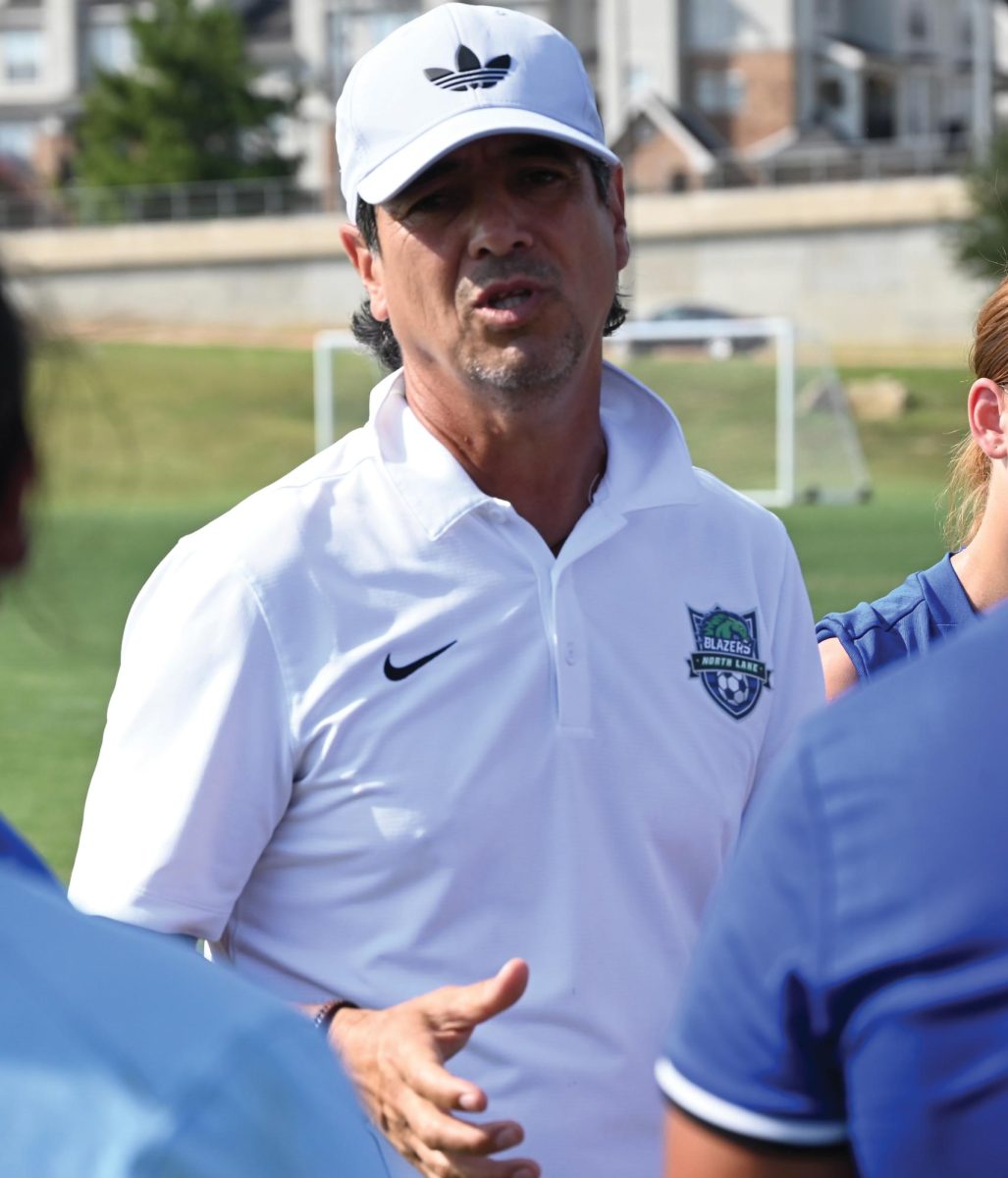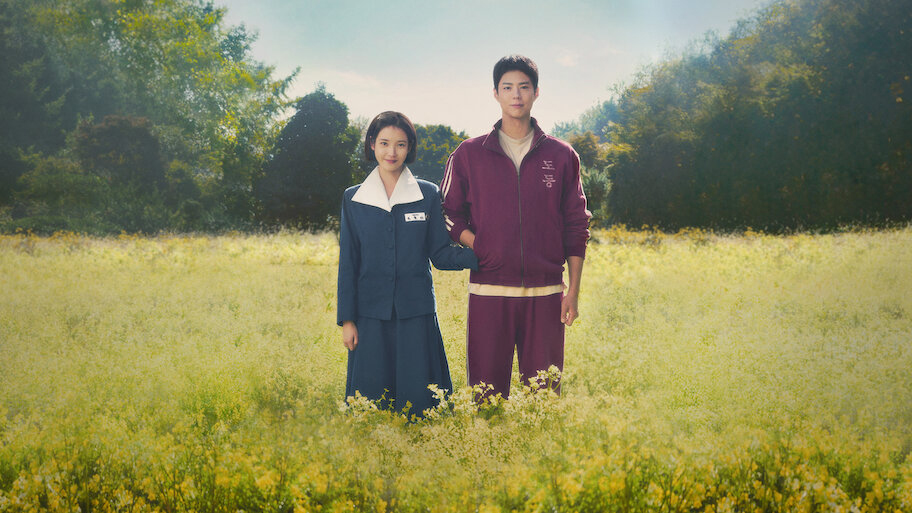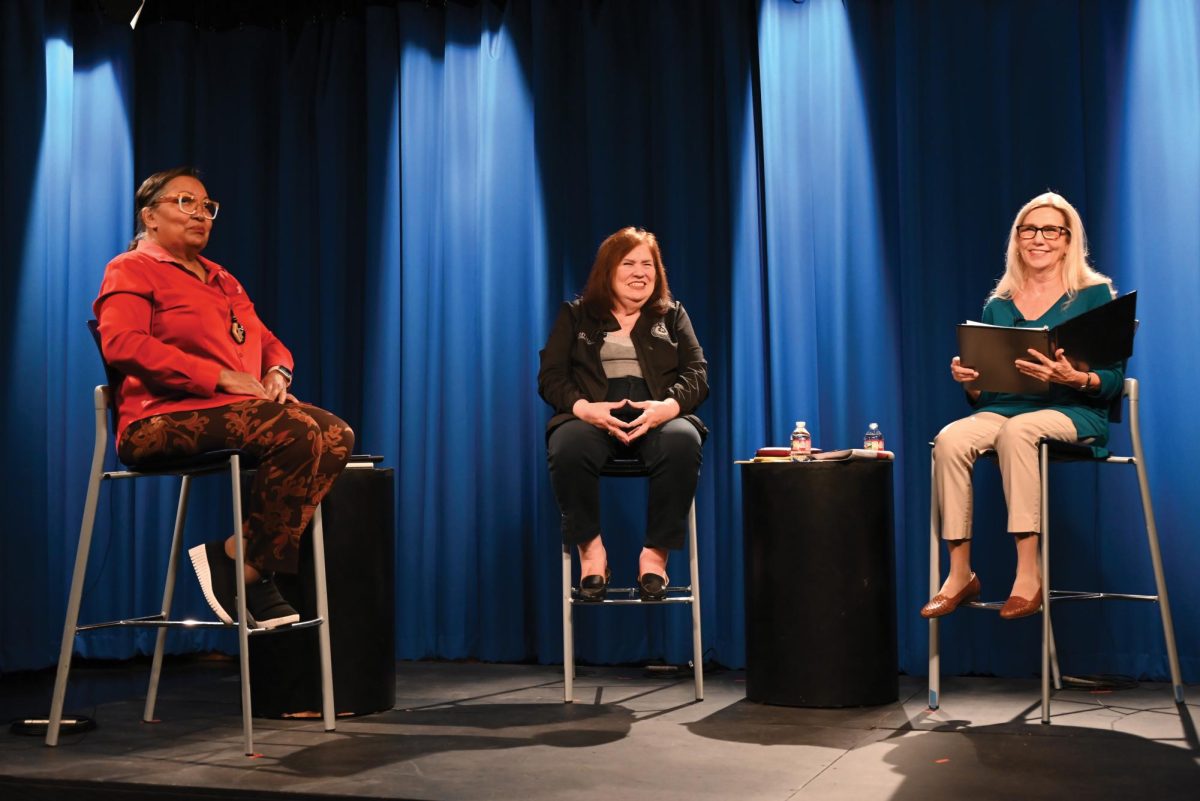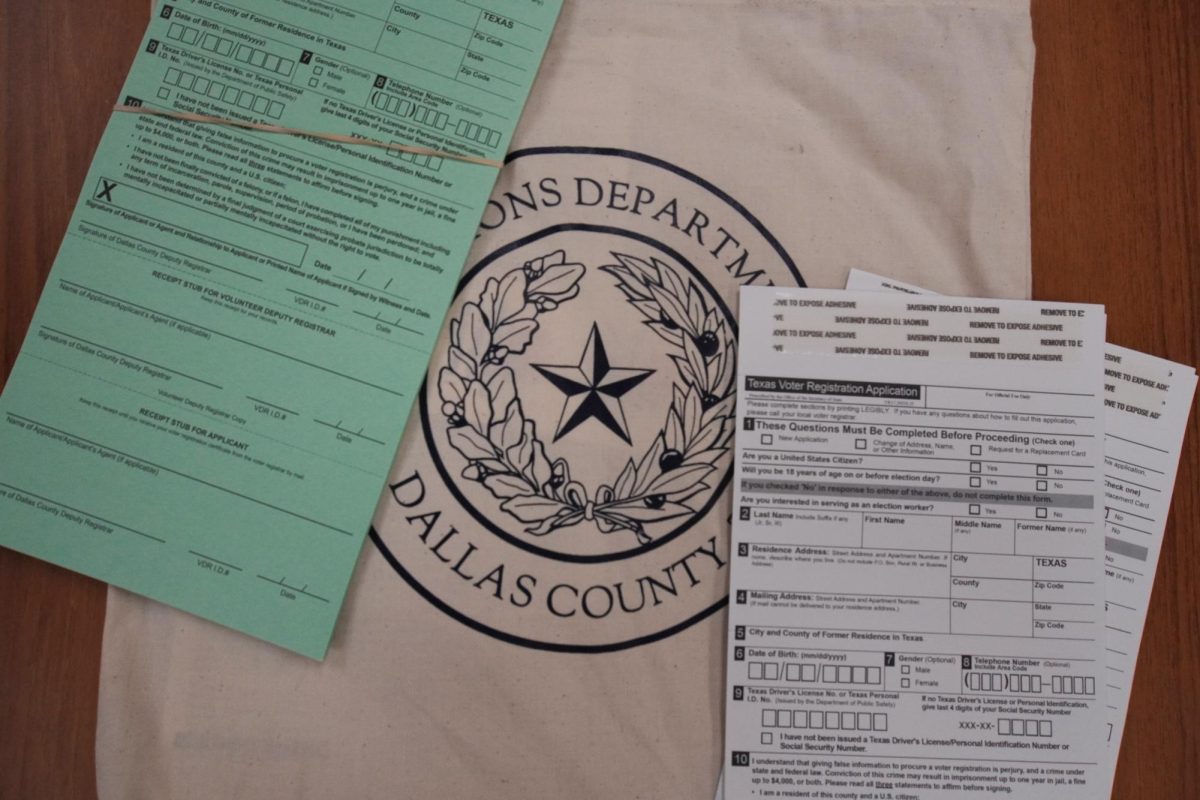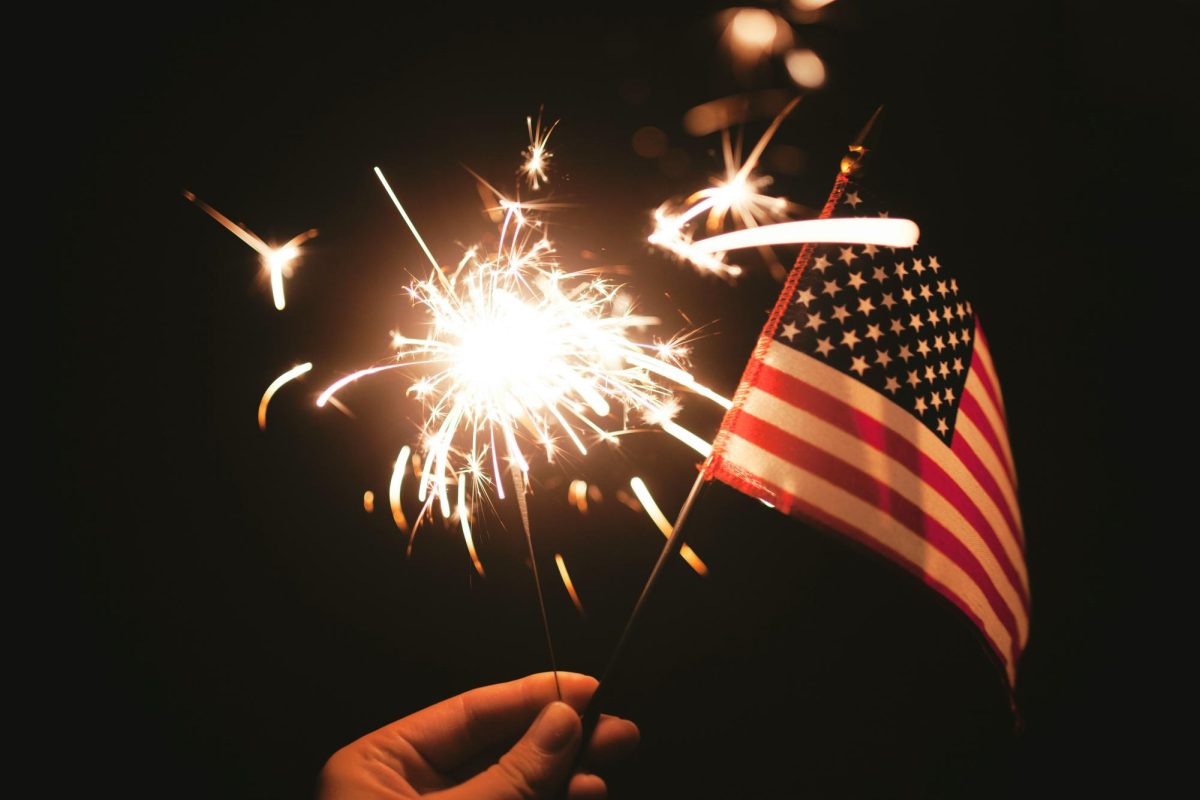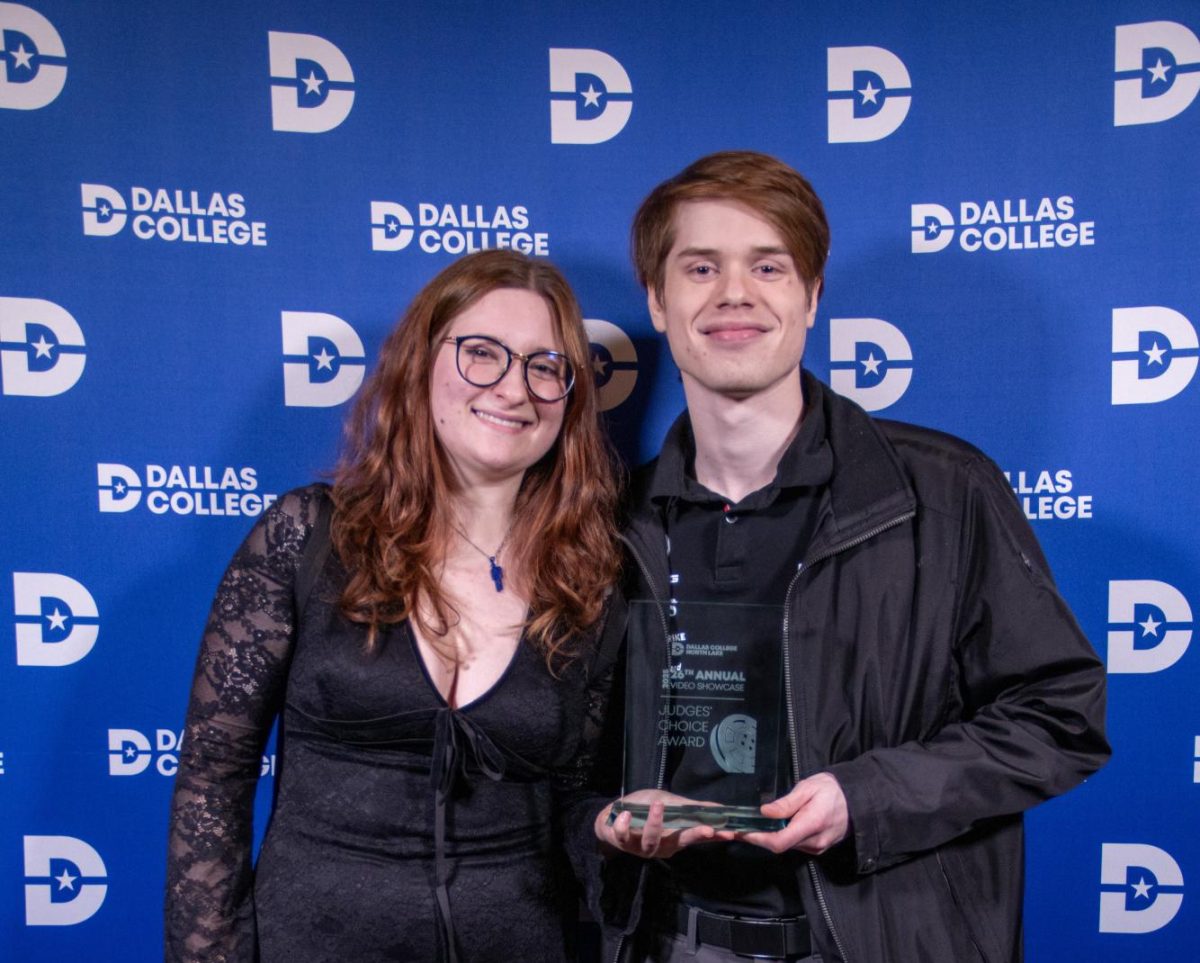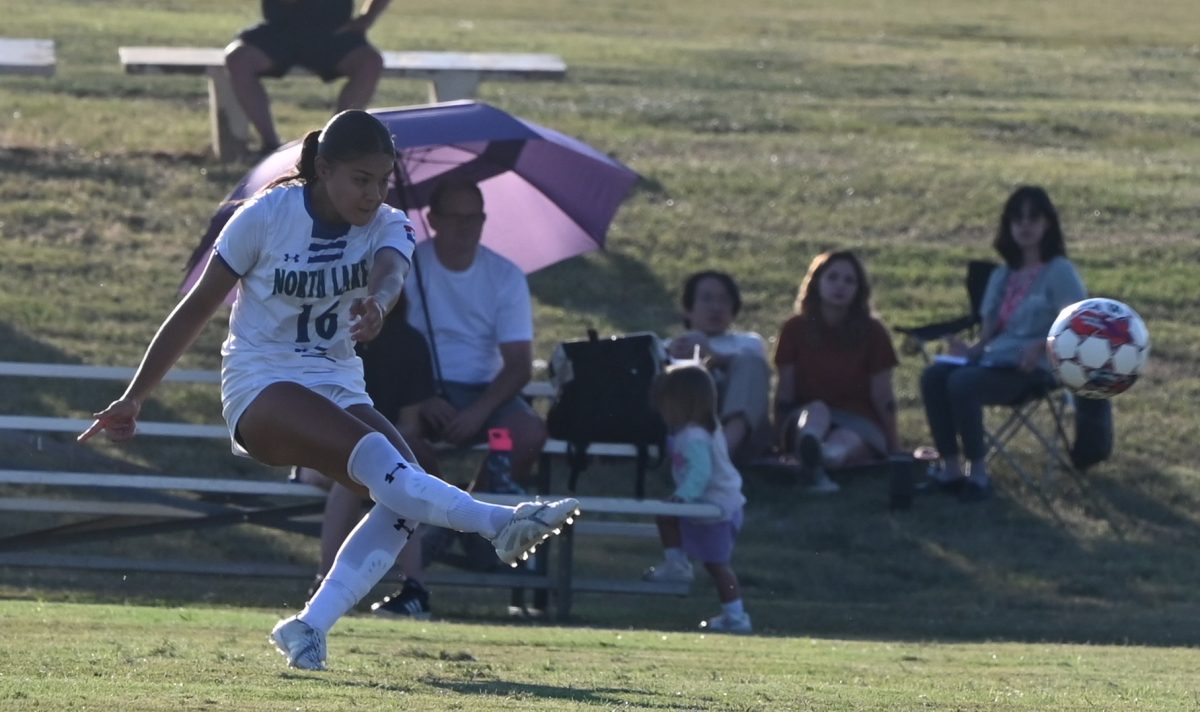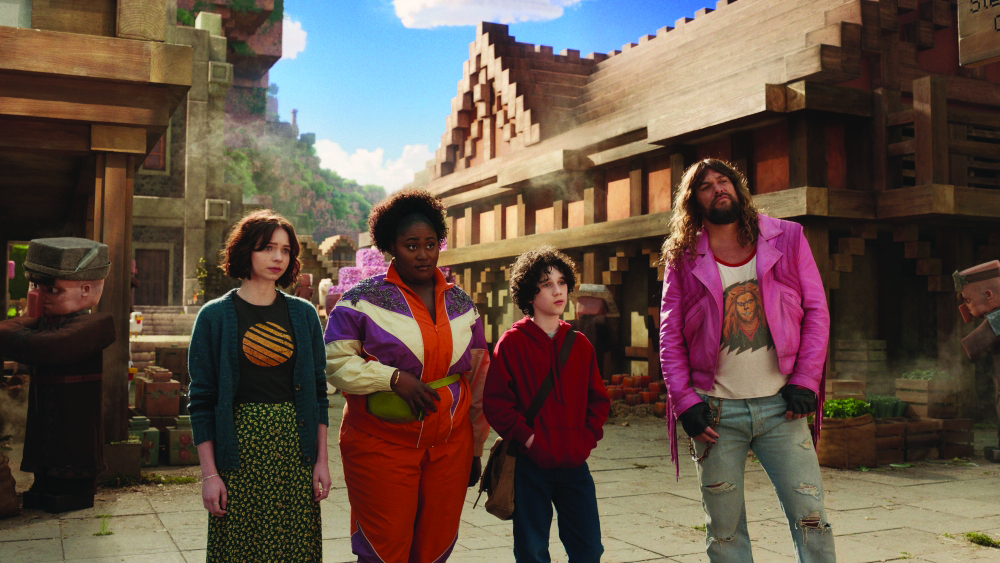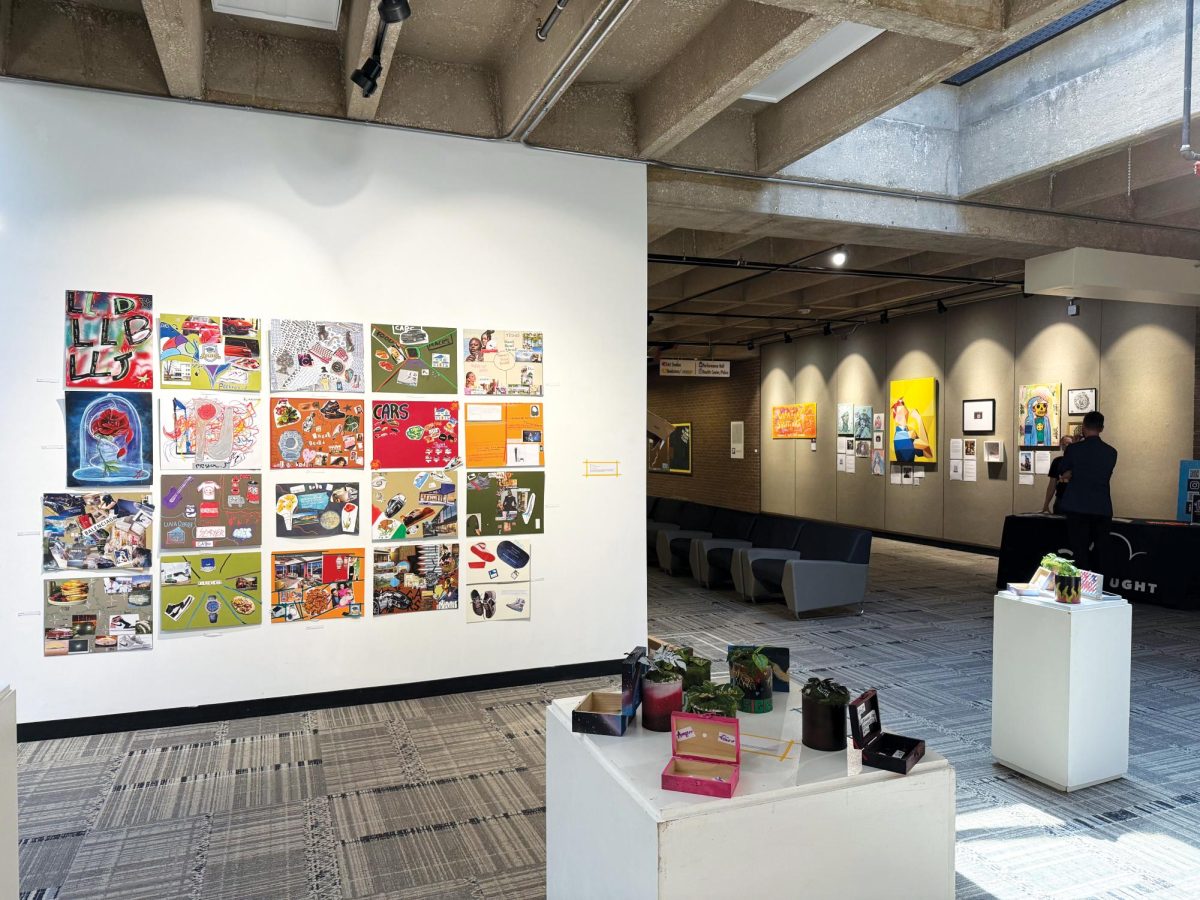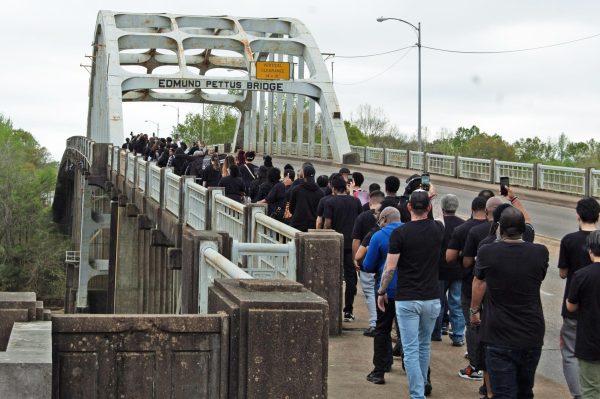
The Dallas College Civil Rights Tour doesn’t just recount history, it invites students to step into it; to walk the same paths, ask hard questions and come away changed. The once-a-year spring tour, organized by Senior Director of Campus Administration, Shaneé Moore and Dr. Roy Vu, a professor of American history. Both are based at North Lake Campus.
Each year, the Civil Rights Tour committee updates the historical sites visited, keeping the experience fresh and meaningful and ensuring that every trip offers new lessons and powerful moments. The five-day trip costs students about $100 to secure the spot.
Dallas College students embarked on the transformative journey through the American South on March 25. The trip traced the powerful legacy of the civil rights movement across Arkansas, Tennessee, Alabama and Georgia, bringing history to life in ways that no textbook could. For many students, both domestic and international, this journey was not just an educational experience, but a deeply personal reckoning with the past, present and future of justice in America.
The first stop on the tour was Little Rock Central High School, where in 1957, nine brave Black students known as the Little Rock Nine integrated the all-white school under the protection of federal troops. President Dwight D. Eisenhower ordered the troops to protect the students after the governor tried to prevent integration by calling out the National Guard.
The National Park Service Museum near the school uses photos, videos, interviews and models to tell the story. It organizes into three parts: “Before,” “During,” and “After,” allowing visitors to follow the history step by step. A powerful poem and a peaceful garden add to the emotional impact.
“This was the first civil rights moment shown on live TV and it even got the president involved. And it still matters today,” said student Christina Sebastian, a criminal justice major at North Lake.
In group reflections afterward, students connected this history to modern struggles like Black Lives Matter, and some shared their own experiences with racism. International students like Christina Sebastian and her sister Caroline Sebastian, a biology major, offered insight as to how civil rights and journalism work together to fight injustice worldwide. The Sebastian sisters are new immigrants to the United States.
The group visited the Lorraine Motel in Memphis, the site where an assassin shot Dr. Martin Luther King Jr. on April 4, 1968. Once a safe haven for Black travelers during segregation, the motel now anchors the National Civil Rights Museum, which opened in 1991. The museum covers over 400 years of African American history, from slavery to the modern day, offering a deeply immersive and emotional experience.
Nearby, students stood in front of the monumental “I AM A MAN” Plaza, built in honor of the sanitation workers’ strike Dr. King came to support. They demanded recognition as human, a request both modest and profound.
“Standing in front of that sculpture felt like being transported into the past, but with one foot in the present. The message still applies. It always will,” Caroline Sebastian said.
Another highlight was the Women’s Suffrage Memorial in Memphis, honoring the often-overlooked Black women who fought for voting rights. Their battle was twofold, against both racial and gender discrimination. Students acknowledged the emotional power of seeing these women finally given their place in public memory.
The most sobering stop of the tour was The Legacy Museum: From Enslavement to Mass Incarceration in Montgomery, Alabama. The museum stands on the site of a former warehouse where enslaved people were held, serving as both a historical correction and an emotional confrontation. It traces a direct line from slavery to lynching, Jim Crow, and the contemporary prison industrial complex. The museum uses every tool at its disposal: oral histories, interactive displays, primary documents and conceptual art. It is not an easy experience, but it is a necessary one.
“It’s remarkable this museum didn’t collapse under the weight of its ambition. It fills a gaping void in our national conscience. For too long we’ve had Confederate monuments and textbook wars instead of actual reckoning. The Legacy Museum raises the bar,” Abdul Muhaimin, a North Lake accounting major said.
For international students like Abdul Muhaimin, the tour offered new layers of understanding.
“Growing up outside the U.S., you hear about racism here, but you don’t understand how deeply it shaped this society—how it was enforced, and how it still impacts people today. In my home country, I’m a religious minority. When I learned about the bombing of the 16th Street Baptist Church, it reminded me of the attacks on worship places back home. The fear and trauma are universal,” he said. Muhaimin is Muslim. He was born in India and raised in Saudi Arabia.
“What shocked me the most was how the law through Jim Crow was used to justify this. That kind of legally sanctioned racism is unthinkable elsewhere. This trip helped me understand the courage of leaders like Dr. King, who carried the movement through prison and protest,” Muhaimin said.
For many students, this tour was more than a class trip, it was an awakening.
“It was never on my list,” said student Meagan Tay Brown from Mountain view Campus. “But when Dallas College offered this opportunity at such a small cost, I knew I had to take it. I’ve always been a history fanatic but seeing these places in person, it’s different. It hits harder. You feel what people went through.”


